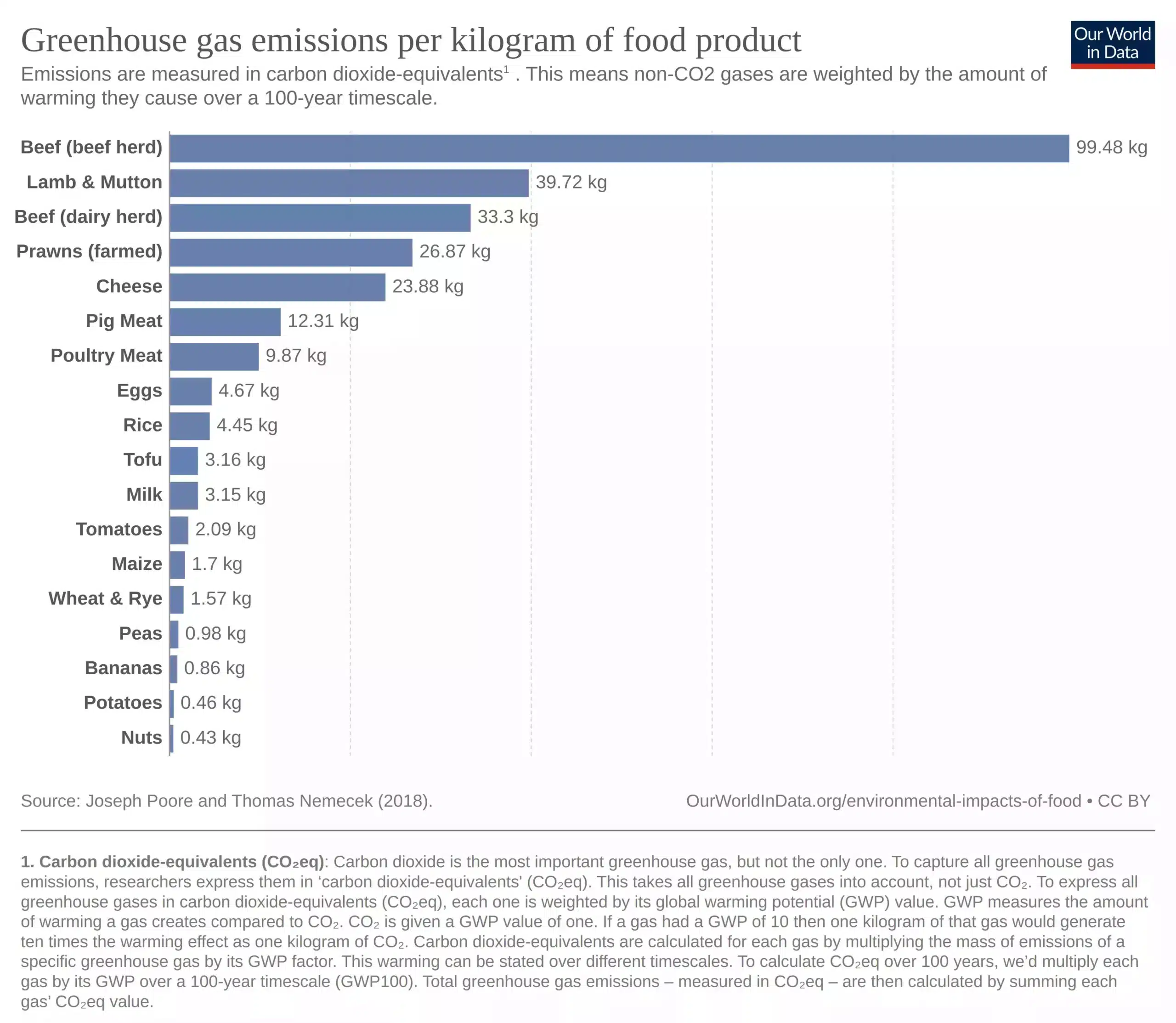Looking to learn more about sustainable protein and its potential impact on the environment? Look no further than our comprehensive guide! This article delves into the concept of sustainable protein and its significance in mitigating climate change. By choosing low-carbon protein, individuals can make a positive contribution to combating climate change while enjoying the many health benefits from protein. We discuss the various sources of sustainable protein, their environmental benefits, and how to select the right type for each person. By the end of this article, you’ll have a better understanding of why sustainable protein matters.
What is Sustainable Protein?
So, what exactly is sustainable protein? Simply put, it refers to protein sources that have a minimal carbon footprint throughout their production and distribution processes. These sustainable alternatives aim to reduce greenhouse gas emissions, conserve natural resources, and minimize the negative environmental impact associated with traditional protein production methods. This includes plant-based sources, such as nuts, beans, and seeds; animal proteins that are sustainably raised in a zero-waste environment; and cultivated meat substitutes made from vegetables or other organic materials. The Graph below displays the greenhouse gas emission per kilogram of food product. This data has been retrieved from the world bank. It displays that with the production of one kilo of tofu, 3.16 KG of CO2 is reliced. In comparison, chicken (poultry meat) produces 9.87 KG of CO2 per kilo, beef produces between 33.3 KG and 99.48 KG of CO2 per kilo, and pig meat produces 12.31 KG of CO2 per kilo. Note, its has not been taken into account that myTofu uses local and biological tofu. This theoritically reduces the greenhouse gas emissions even more.
The benefits of Sustainable Protein
There are numerous benefits to consuming sustainable protein over traditional protein sources. Low-carbon proteins are typically more nutrient-rich and contain fewer additives than their traditional counterparts. Plus, sustainable protein production methods, such as plant-based alternatives and cultured meat, have been shown to emit significantly fewer greenhouse gases compared to traditional livestock farming. By choosing low-carbon protein sources, we can reduce the need for large-scale livestock farming, thereby preserving valuable land, water, and ecosystems. In addition to environmental benefits, sustainable protein options often prioritize animal welfare by eliminating the need for intensive farming practices.
For those interested in exploring sustainable protein sources, plant-based proteins are an excellent place to start. These protein sources, derived from legumes, grains, nuts, and seeds, offer a wide range of nutritional benefits while requiring fewer resources to produce. For instance, soy-based products, such as tofu and tempeh, are excellent sources of plant-based protein that offer versatility and a low carbon footprint. myTofu offers various flavorful ready-to-cook tofu products. Make sure to give them a try!
sources:
Ritchie, H. (2022, December 2). Environmental impacts of food production. Our World in Data. https://ourworldindata.org/environmental-impacts-of-food





